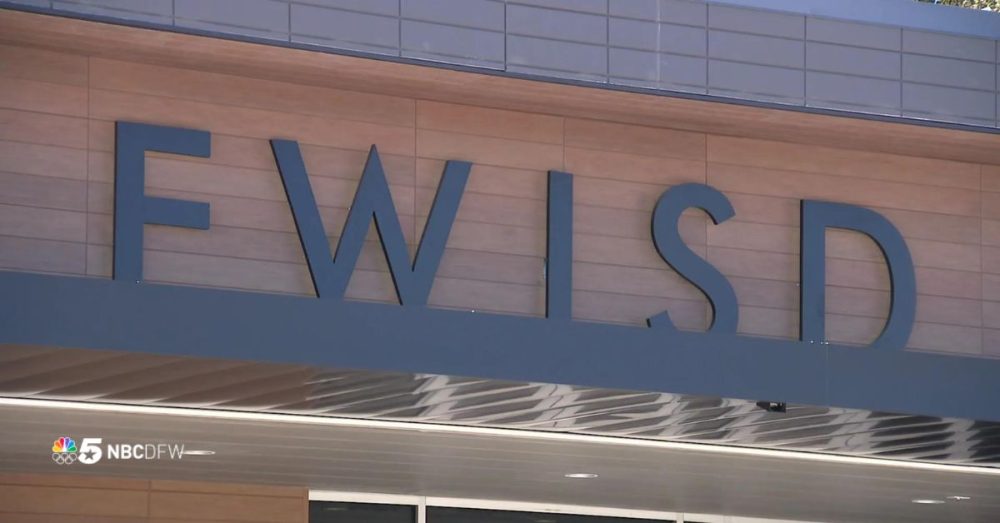The quality of education kids in Fort Worth are receiving is being described as a “moral and civic crisis,” according to a fresh analysis from a local nonprofit.
Fort Worth ISD has been nothing short of a disaster zone in terms of student achievement outcomes. The district saw just 32% of its students score at grade level on the STAAR exam during the 2021-2022 school year, according to the latest Texas Education Agency accountability report. This is worse than struggling Dallas ISD, which saw only 41% of students score at grade level on the STAAR exam that school year and the state average of 48%.
According to an analysis conducted by the Fort Worth Education Partnership, only 6% of students in one economically disadvantaged school met grade-level standards.
With such a dismal track record, it seems it could be only a matter of time before the State of Texas intervenes and appoints a board of managers to try to save the kids currently trapped in Fort Worth ISD schools.
Here’s some of what the Fort Worth Report published on the troubling situation:
Education remains at a standstill in Fort Worth, according to a new report.
The Fort Worth Education Partnership, a nonprofit committed to high quality public education in the city, released its annual analysis of Fort Worth public schools, both traditional and charter. The Aug. 12 report examined third- to eighth-grade student performance on state standardized tests across the city, sorting results by Fort Worth City Council district.
Overall, 35% of students who live in Fort Worth met grade-level standards — a 1 percentage point decline from the 2023 report.
Brent Beasley, the partnership’s president and CEO, described the lack of improvement as concerning for the city’s future.
“When only about a third of our kids in Fort Worth are at grade level academically, I’m concerned about what that means for them and their ability to access opportunities in their future,” Beasley said. “I also think about what it means for the future of our city when 65% of our future workforce and adult population is below grade level academically.”


